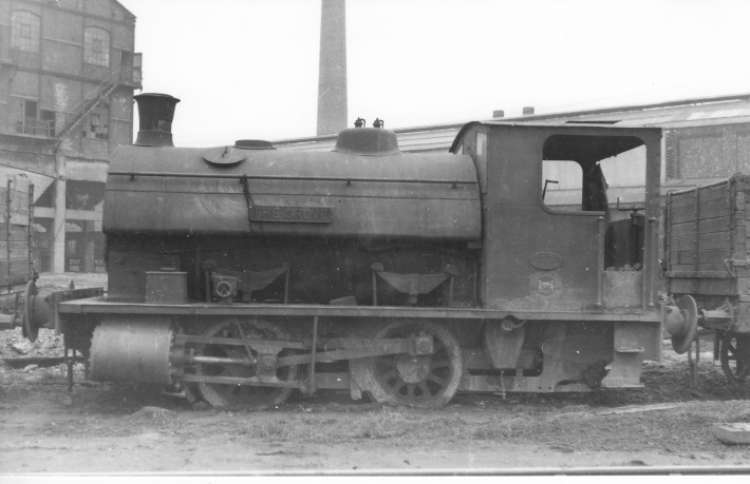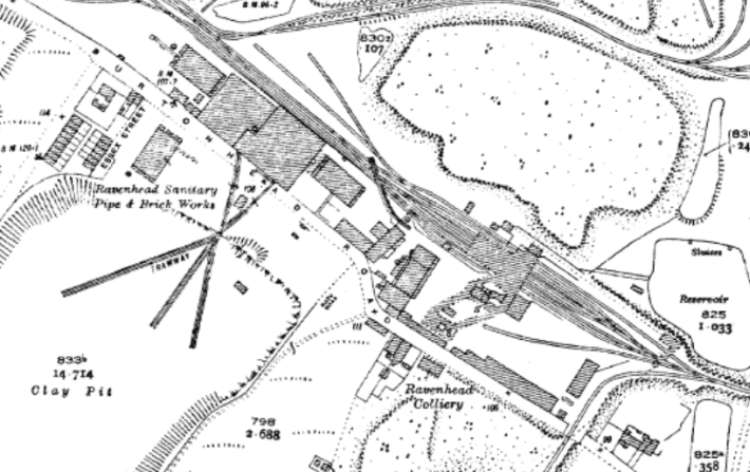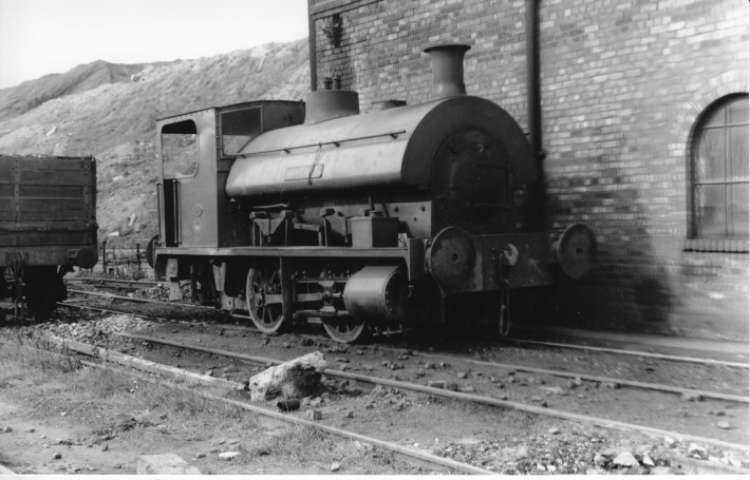
8D ASSOCIATION
The 8D Association is dedicated to promoting the history of the railways of South Lancashire, Merseyside and North Cheshire.
Ravenhead Colliery – St Helens.

Mining on a commercial scale had started in the area of Ravenhead in around 1760 and by the 19th Century a local family, the Haddocks were major players. By 1818 the colliery at Ravenhead had come under their control and was well established producing coal from several shafts. The majority of the coal produced was used by local factories being moved around by horse power but a connection had been made with the Sankey Canal for movement to customers further afield.
With the coming of the St Helens Railway in 1834 and the construction of their Ravenhead branch the horse tramroads were converted to standard gauge. Even with the coming of the railway much of the product was still shipped by the canal and would be for many years to come.

The Ravenhead Colliery Company was registered on 5th September 1871 and created an amalgamation of several local collieries and in 1876 a further amalgamation formed the St Helens Collieries Companies. With the 1876 amalgamation Pilkington Brothers became one of the partners. Over the coming decade with this came the expansion of the collieries own private rail network to allow the movement of coal between the colliery and local factories without having to pay any toll to the LNWR. Although when coal had to be moved over LNWR metals a special rate of ½d per ton was negotiated.
Details of motive power used at the site are vague but it is believed that it wasn’t until the 1860’s that engines were being used and these were probably borrowed from Pilkingtons on an as and when basis, horse power was still the preferred method. Even in July 1871 it was noted that a horse belonging to the colliery was involved in an accident with a Pilkington locomotive. The first steam engine solely employed there was probably Ravenhead built by local locomotive manufacturer Edward Borrows in 1880.
Expansion during the 1880’s saw the sinking of new shafts and the closure of earlier ones Nos 9, 10 and 11 came into use whilst Nos 7 and 8 were still in production. Much of this coal was moved via a tubway system for loading at the canals wharf, but there must have been a fair amount moved by rail as the system of sidings around the colliery expanded.

By the early 1900’s the colliery rail network was in a state of disrepair and in 1908 Pilkingtons stepped in to ‘put things in order’. The loco shed had already been moved in 1906 and was adjacent to the No7 and 8 shafts following their closure. Following this there was a downward trend in demand from local factories and several of the branches from the internal network were closed. Trade via the Mersey was still buoyant and in 1908 the Pilkington Board authorised the construction of 75 container boxes for the transport of coal to Birkenhed for onward shipment. These early containers were loaded three or four to a flat wagon and transported via rail to the docks there they were easily lifted and tipped into waiting ships. So successful was the move that it was noted that a further 25 containers would be required presumably with the expansion of the facilities at Birkenhead in 1913.
In 1919 Pilkingtons bought several new locomotives from Kerr Stuart of Stoke on Trent and two of these became the first engines to be solely allocated to the colliery. The Grove and Fairfield both outside cylinder 0-4-0 Saddle Tanks took up residence. With the reconstruction which took place in 1922 including the linking of several local collieries via underground tunnels production through the No10 and No11 soared. The surface plant was modernised three years later to handle the increase in production. Around 75% of the production went to the local Pilkington factories with 25% being sold on to other customers and the remaining 5% being used by the colliery itself.

Upon nationalisation in 1947 the colliery became part of the North Western Division and the slow run down of the site started. When nationalised the colliery had 1000 employees and by April 1968 this had shrunk to 477. It was in 1968 it was announced that it would close this being effective from 18th October. The washery plant would stay open for several years after closure but no product was brought in or despatched by rail after October 1968. The closure brought to an end over 150 years of mining on the site.

With the NCB takeover there was also a regular change of motive power and several other engines were brought in when one of the two originals needed maintenance several of these foreign locos would be scrapped on site. One such loco was Collins Green which was overlooked for scrapping and left at the rear of the engine shed for many years. The loco was still there in October 1972, four years after closure, and an adjoining dirt tip slipped and encroached onto the shed. In May 1973 the tip slipped further and the loco lay amongst the wreckage of the shed tilted upwards at a 45 degree angle by the rubble. Finally the loco was cut up on site during July 1973.
